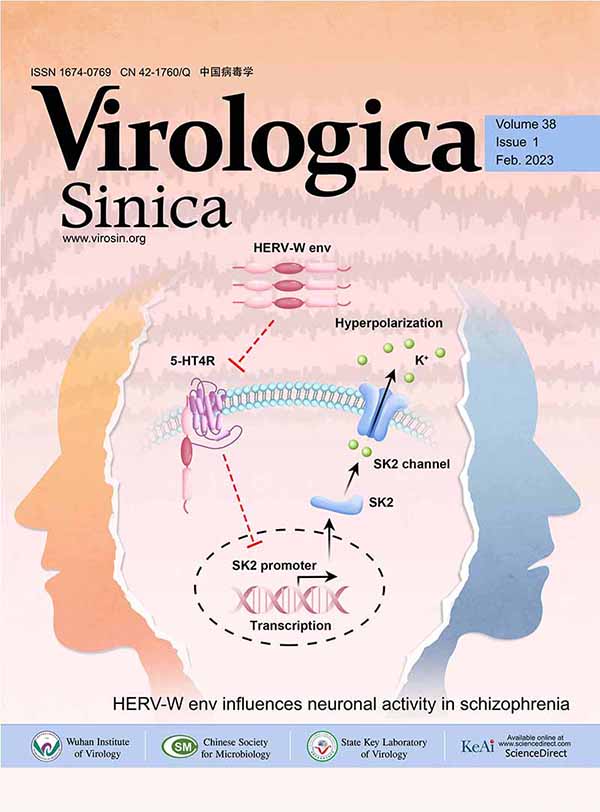Significance of BLCL Constructed from PBMC in HFRS Patients
Abstract: In order to provide some data for the study on T cell epitopes of Hantaan virus nucleocapsid protein, we constructed EBV-transformed B lymphoblastoid cell line (BLCL) from HFRS patients’ PBMC. We inserted HTNV S and 5’ and 3’terminals of S gene segment into a eukaryotic expression vector pcDNA 3.1/V5-His TOPO. The recombinant expression plasmids pcDNA3.1-S and pcDNA 3.1-S-N pcDNA3.1-S-C were constructed. BLCL were transfected in vitro with them, selected by G418 and used as target cells for CTL cytotoxicity assay. The expression of HTNV S and 5’ and 3’terminals of S gene segment in BLCL was detected by indirect immunofluorescence assay (IFA). These recombinant plasmids can be expressed efficiently and steadily in BLCL. We can provide a tool for the study on T cell eptitopes of Hantaan virus nucleocapsid protein. The CTL clone recognized and killed the target cells with specificities of HTNV-NP. Cytotoxicities(%) were 50.2%, 39.0% and 25.4%, respectively. HTNV T cell antigenic epitopes were mainly localized on the C-terminal of the virus nucleocapsid protein.














 DownLoad:
DownLoad: